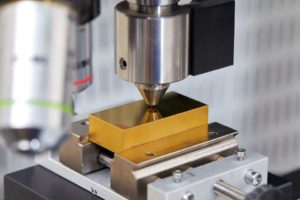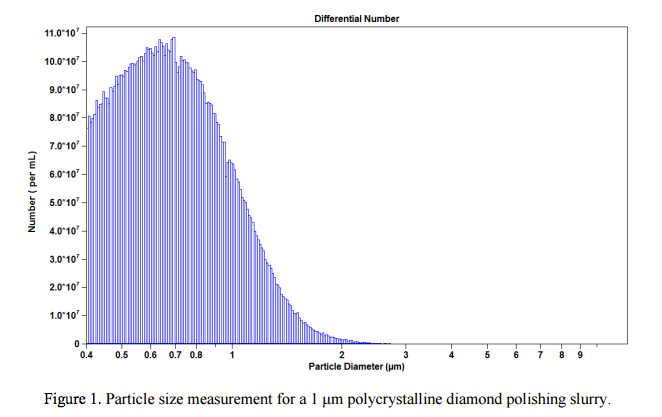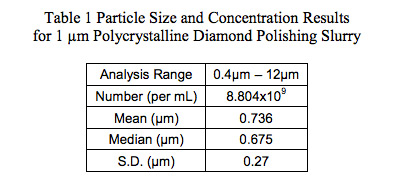- Lab Services
- Surface Roughness & 3D Topography
- Chemical
- Color Measurement
- Contact Angle
- Gloss Measurement
- Liquids
- Mechanical
- Abrasion
- Contact Stylus Surface Roughness Analysis
- Depth Profiling
- Express Property Mapping through Accelerated Nanoindentation
- Macroscratch
- Microindentation
- Microscratch
- Modulus Mapping
- NanoDMA
- Nanoindentation
- Nanoscratch
- Rheology
- Scratch Testing ISO 1518
- Shore A and Shore D Hardness
- Universal Testing Machine
- Metallurgy
- Microscopy
- Particle Size
- Peel Strength
- Pore Size
- Technical Consulting
- Thermal
- Tribological
- X-Ray Diffraction
- Zeta Potential
- Products
- Industries
- Resources
- About Us
- Testimonials
- Contact Us


 The automotive industry is a constantly growing necessity in today’s society. With a constant demand for newer cars with increased functionality, new models with more amenities are released every year. Many of the automotive parts have a specific purpose, but also need to hold up under various conditions. At Ebatco, our scientists will run all of the material tests you need in order to ensure both the material functionality and durability of the automotive parts. Our professional reports will make it easy to determine if your product has the desired characteristics, or if changes are necessary to be made.
The automotive industry is a constantly growing necessity in today’s society. With a constant demand for newer cars with increased functionality, new models with more amenities are released every year. Many of the automotive parts have a specific purpose, but also need to hold up under various conditions. At Ebatco, our scientists will run all of the material tests you need in order to ensure both the material functionality and durability of the automotive parts. Our professional reports will make it easy to determine if your product has the desired characteristics, or if changes are necessary to be made.
